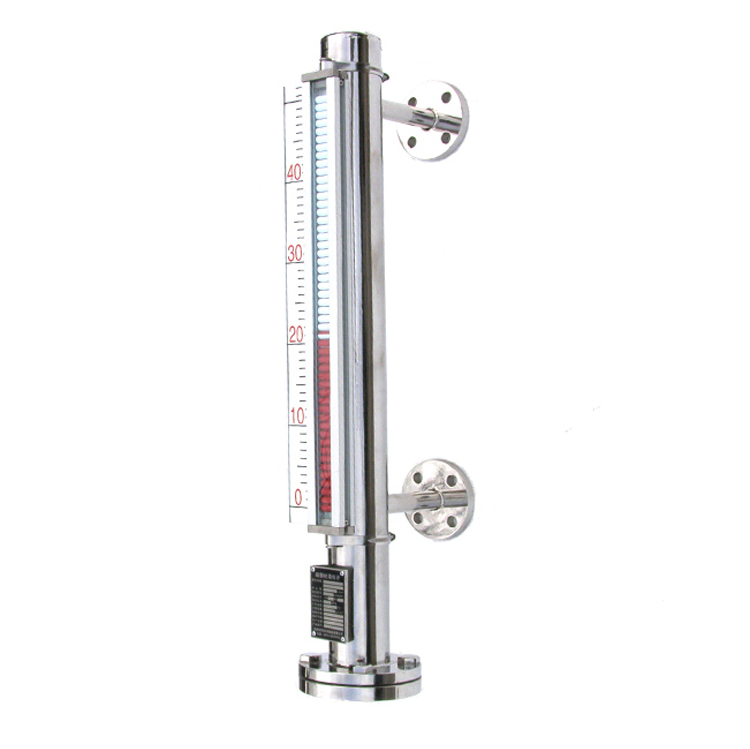Energy storage systems with high energy density are highly sought after. Since Sony introduced the existing commercial magnetic flap level gauges (LIB) in 1991, they have made significant progress and continue to occupy a large share of the electric vehicle and portable electronics market. However, using existing intercalation chemistry methods, the actual energy density of LIB is close to the theoretical limit. Regarding the growing demand for higher energy density storage, magnetic flap level gauges (LMB) have been considered. By replacing the graphite anode of LIBs with Li metal of LMBs, due to its ultra-high specific capacity of 3860 mAh g-1 and the lowest redox potential (relative to the standard value -3.04 V), the theoretical energy density of LMBs can be greatly improved. electrode). However, the practical use of LMBs is greatly hindered by uncontrollable lithium dendrites and unlimited changes when repeated electroplating/stripping cycles.Scientists at Tsinghua University and Beijing Institute of Technology have proposed a house-like lithium anode (lithium contained in it) to overcome these challenges. The housing matrix is made of carbon fiber matrix and provides a stable structure to prevent volume changes. Much like the roof of a house, an artificial solid electrolyte layer has been developed on composite lithium metal, which promotes the uniform diffusion of lithium ions and acts as a physical barrier against electrolyte corrosion.In the composite lithium metal anode, the combination of the solid electrolyte layer and the matrix greatly suppresses volume expansion and dendrite growth. The built-in Li/LiFePO magnetic flap level gauge showed a capacity retention of more than 95% after 500 cycles at 1.0 C in the button magnetic flap level gauge, and the bag-shaped magnetic flap level gauge was at 0.5 C. After 80 cycles, a capacity retention rate of 85% was shown.A reasonable combination of the housing frame and the solid electrolyte layer protection in a single Li metal anode is an advancement in the design principle of the long-life and safe Li metal anode for LMB. It is expected that this research will provide a practical negative electrode for the next generation of rechargeable magnetic flap level gauges. The paper describing the research was published in the Journal of Energy Chemistry on November 30, 2018.
However, using existing intercalation chemistry methods, the actual energy density of LIB is close to the theoretical limit. Regarding the growing demand for higher energy density storage, magnetic flap level gauges (LMB) have been considered. By replacing the graphite anode of LIBs with Li metal of LMBs, due to its ultra-high specific capacity of 3860 mAh g-1 and the lowest redox potential (relative to the standard value -3.04 V), the theoretical energy density of LMBs can be greatly improved. electrode). However, the practical use of LMBs is greatly hindered by uncontrollable lithium dendrites and unlimited changes when repeated electroplating/stripping cycles.Scientists at Tsinghua University and Beijing Institute of Technology have proposed a house-like lithium anode (lithium contained in it) to overcome these challenges. The housing matrix is made of carbon fiber matrix and provides a stable structure to prevent volume changes. Much like the roof of a house, an artificial solid electrolyte layer has been developed on composite lithium metal, which promotes the uniform diffusion of lithium ions and acts as a physical barrier against electrolyte corrosion.In the composite lithium metal anode, the combination of the solid electrolyte layer and the matrix greatly suppresses volume expansion and dendrite growth. The built-in Li/LiFePO magnetic flap level gauge showed a capacity retention of more than 95% after 500 cycles at 1.0 C in the button magnetic flap level gauge, and the bag-shaped magnetic flap level gauge was at 0.5 C. After 80 cycles, a capacity retention rate of 85% was shown.A reasonable combination of the housing frame and the solid electrolyte layer protection in a single Li metal anode is an advancement in the design principle of the long-life and safe Li metal anode for LMB. It is expected that this research will provide a practical negative electrode for the next generation of rechargeable magnetic flap level gauges. The paper describing the research was published in the Journal of Energy Chemistry on November 30, 2018.
Post time: 21-09-21
